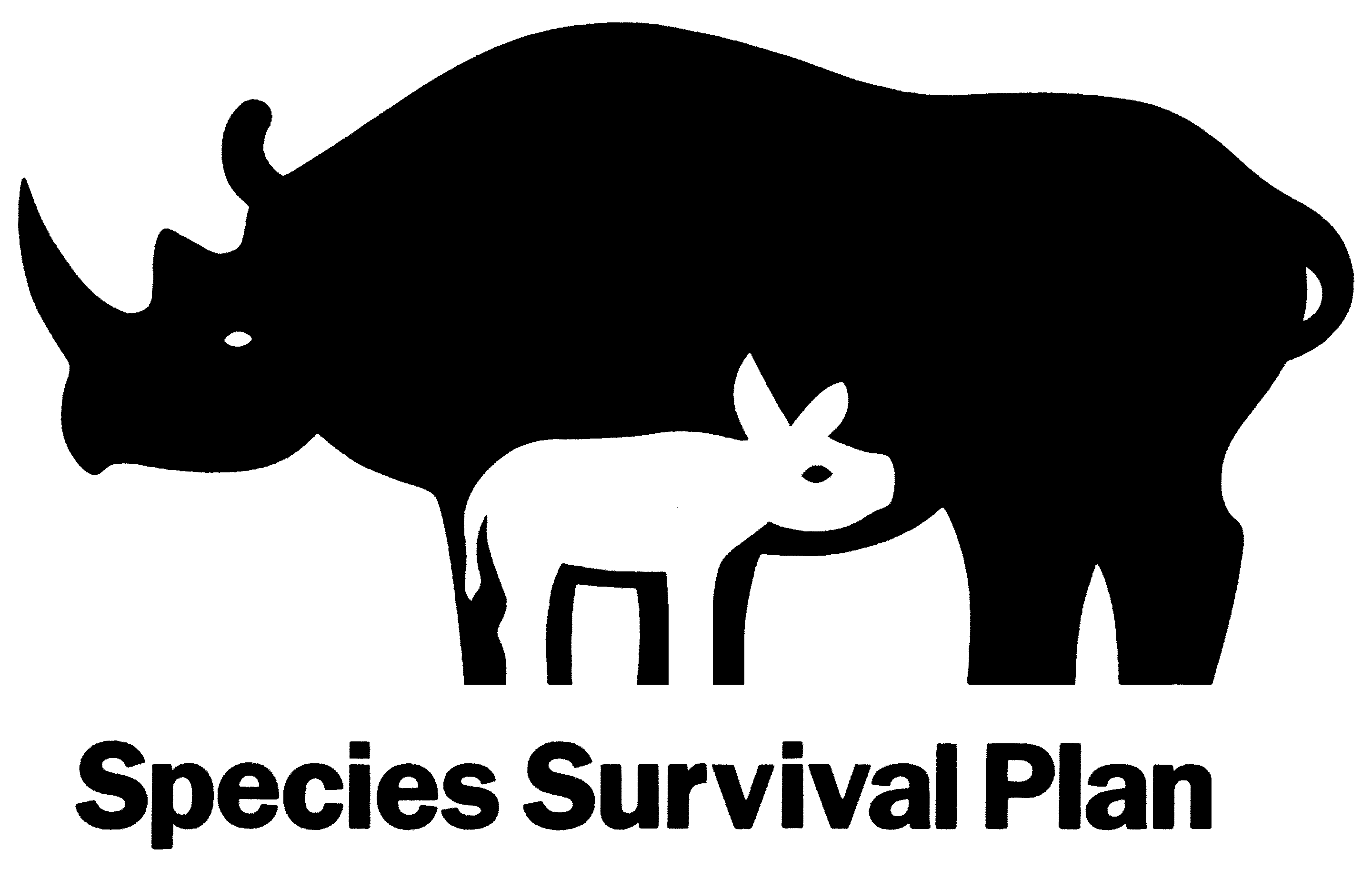Our Animals
- Animals & Habitats
- Our Animals
FUN FACT
King Vultures have one of the strongest beaks out of all the American vultures, being able to open a carcass that the others cannot. This is why they often eat first, with the other vultures eating what remains.
The third largest of the vultures of the Americas, the King Vulture has one of the strongest beaks out of all the American vultures and is able to open carcasses that the others cannot. While some of its food may be dead fish or lizards, other times it feeds on sloths, monkeys, or cattle. This is a vulture of the tropical lowland forests of Central and South America. Like other vultures, the King Vulture requires variety in its habitat so that it combines open areas where carrion can be found, isolated nest sites such as rock outcrops, and undisturbed stands of large trees for roosting. Although not considered threatened at this time, there are few data on population trends and some concern that the King Vulture may be declining as a result of habitat destruction.
Habitat
Lowland dry or humid tropical forests and other wooded areas, as well as more open areas adjacent to forest, and generally well away from human habitations
Diet
Feed on carcasses of many sizes ranging from dead fish, lizards, sloths, and monkeys up to cattle. They have been reported to occasionally kill small reptiles, wounded animals, and newborn calves.
Status
Least Concern
Breeding
One egg is laid directly on the ground or the bottom of a tree cavity or rock ledge anywhere from ground level to 70 meters up on a rock ledge; the species has been documented nesting within Maya ruins.

FUN FACT
Also called vulturine fish-eagle, or simply fishing vulture, this species is sufficiently unique to be classified in a monotypic (only one species) genus of its own.
A striking black and white vulture of Sub-Saharan Africa, the Palm-nut Vulture is found along the edges of tropical forests, large rivers, lakes, and seashores, especially where oil palms abound. Unlike other vultures, the Palm-nut Vulture feeds only occasionally on smaller carrion – and rarely at large animal carcasses – and instead specializes its feeding on the fleshy fruit and husks of the oil palm, and on the palm-fruits of Raffia palm. These fruits make up more than 60% of an adult bird’s diet and more than 90% of a juvenile bird’s diet. Unlike the situation with many vultures in the Old World, the Palm-nut Vulture’s population is stable or even increasing.
Habitat
Edges of tropical forests, large rivers, lakes, mangroves, estuaries and seashore, and cultivated areas where oil palms abound
Diet
Mainly the fleshy fruit-husks of the oil palm and on the palm-fruits of Raffia palm; insects, crabs, mollusks, frogs, fish, small mammals, and reptile eggs and hatchlings; occasionally smaller carrion, but, unlike other vultures, rarely at large animal carcasses
Status
Least Concern
Breeding
A Palm-nut Vulture pair performs acrobatic aerial courtship displays and are highly territorial around their nest, which both sexes build out of sticks in the open fork or crown of a tall tree 6–60 meters above ground. They use the same nest year after year, laying a single egg that is incubated by both sexes for 35–50 days. The nestling is cared for by both adults and fledges in about 90 days.
The National Aviary is home to more than 500 birds and other animals representing 150 species; some of which live in behind-the-scenes habitats. To enhance our guests’ educational experience, and with regard to individual bird preferences, different species may spend time in various public-facing habitats.
In The News
National Aviary’s ‘Jingle Bell Flock’ show brings high-flying holiday cheer | TribLive
The National Aviary on the North Side is getting into the festive spirit, starting the day after Thanksgiving with its new “Jingle Bell Flock” immersive show.
Read More »55-plus holiday season events for kids in the Pittsburgh area | Kidsburgh
Glowing light shows, magical theatrical productions and the best music of the season are just a small part of the lineup.
Read More »A penguin waddles into the PTL studio! | Pittsburgh Today Live
The National Aviary paid a visit to the PTL studios, and they brought Ella the African Penguin with them to tell Mikey and David about the work they're doing to protect the flightless birds.
Read More »Best of the World 2026 | National Geographic
Steel mills once shaped outsiders’ whole impressions of Pittsburgh, but today the city increasingly defines itself by embracing the venerable cultural institutions that industrial prosperity helped build.
Read More »Fun fall events at the National Aviary | Pittsburgh Today Live
Hear about all of the National Aviary fun happening this fall!
Read More »